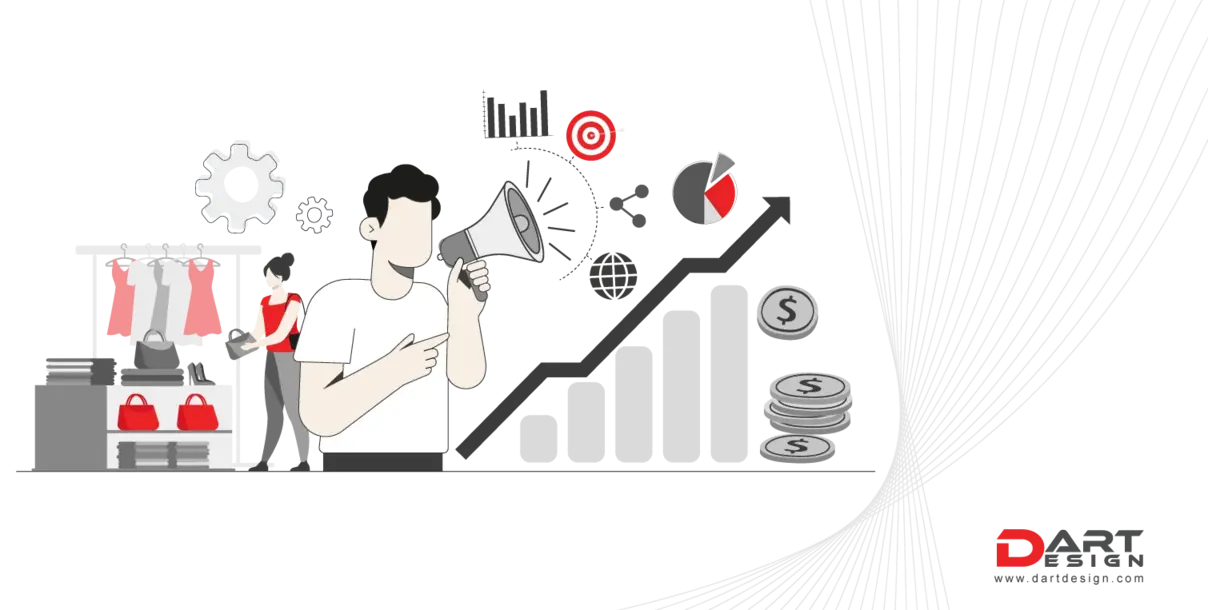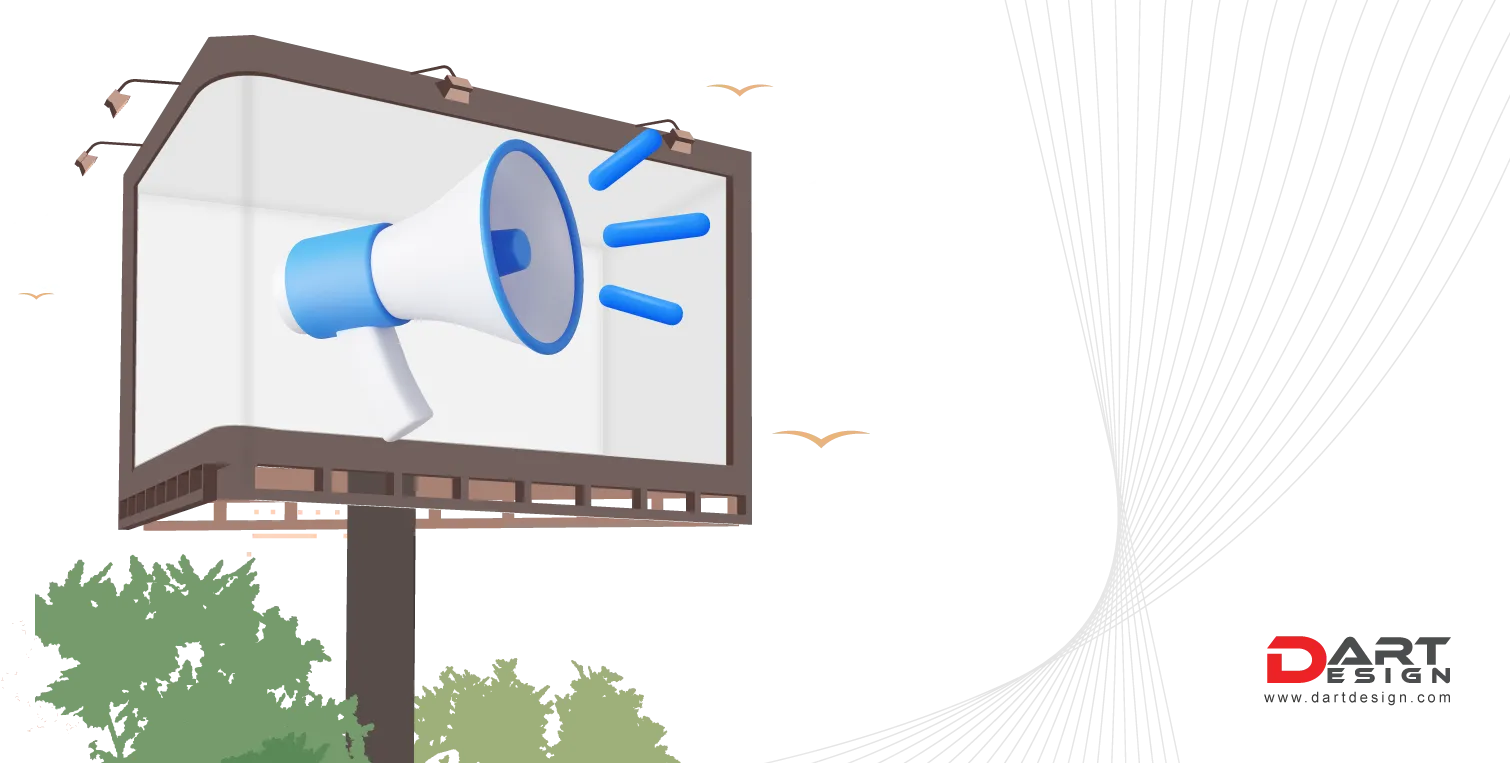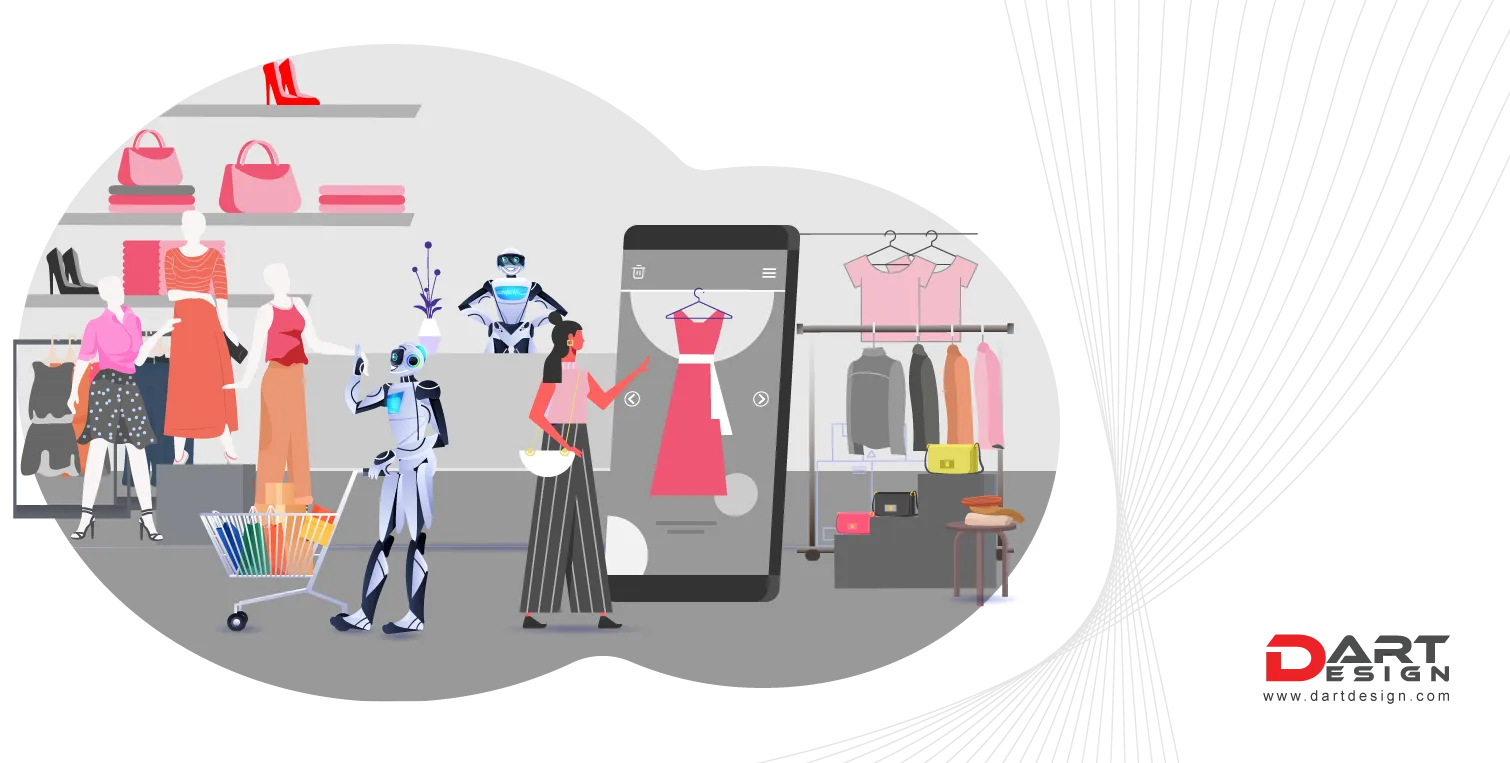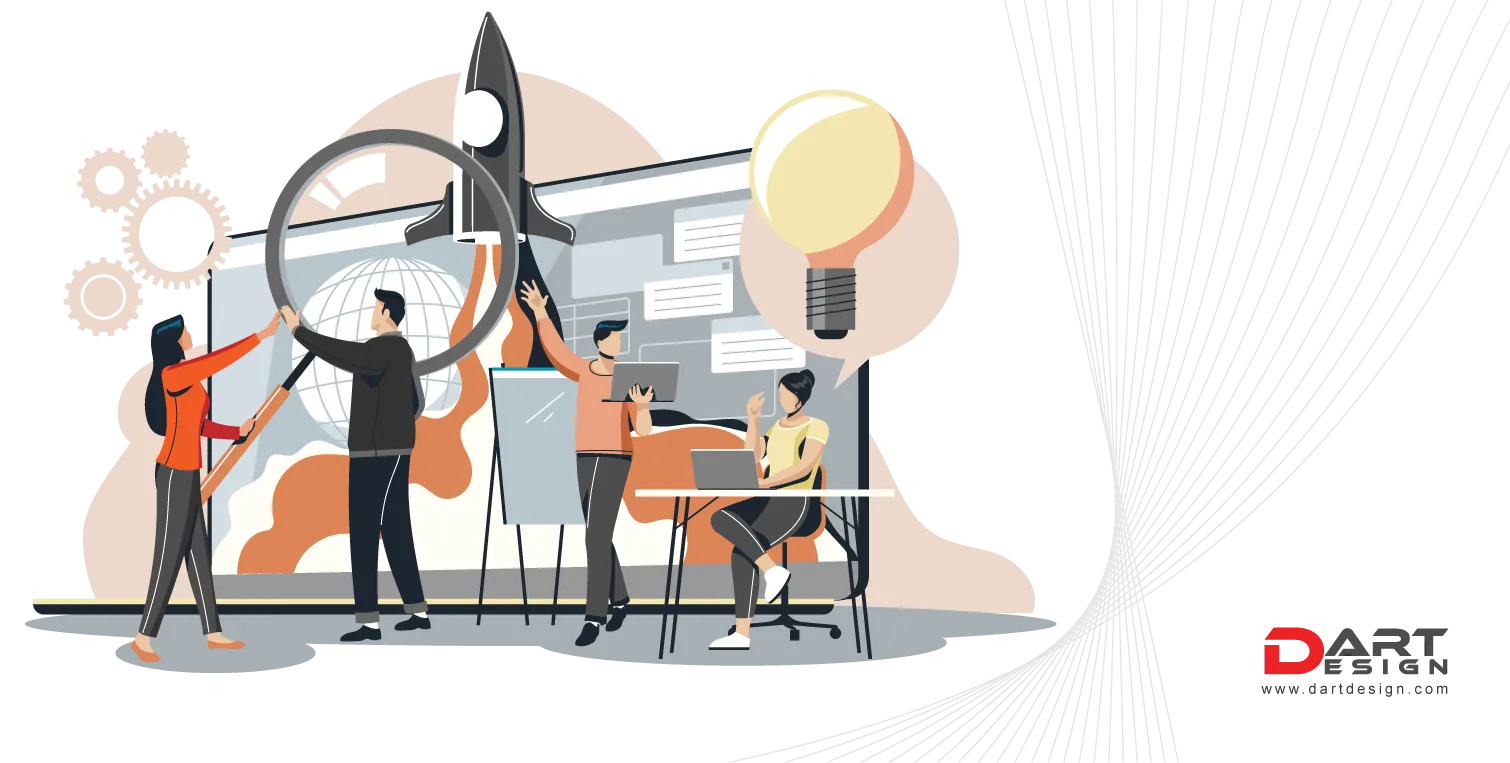“From daily lives to academics, the pandemic hit hard to stump every situation and circumstance to establish what we call today’s ‘New Normal’”.
The A/B testing in real markets, the public data available can do a test like this on – a cross-category analysis: advertising can drive incremental results. It’s from history that the pandemic has upended lots of theories.
The advent was from March 2020; nobody can delete those nightmare memories of when that virus kicked our lives. Although many of the scarcities were temporary, the effect of shutting down an entire economy created a situation most marketers haven’t seen since the 1970s. How can you advertise when there is no supply and prices are rising?
Inflation was quickly created by supply chain problems that rapidly grew. Because it was cheaper to ship to China quicker, container ships left the US empty; shipping costs rose to new heights; there was a national shortage of aluminum, and toilet paper sales soared by higher percentages. This resulted in woefully low inventories and little production. It also saw the highest inflation rate in a generation.
Many marketers believe that advertising in-sync with brand promotion should be avoided when no goods or services are available. However, many have written extensively about the benefits of advertising in difficult economic times. Few have addressed the issues of supply chain disruptions and inflationary effects. This opportunity for a natural experiment was seen and converted. Were there any tangible benefits to staying ‘on-air’ even though almost all brands faced similar macroeconomic headwinds?
Three industries were examined where price and supply chain issues were common across brands. We also had multiple sources of documentation that allowed us to verify. We will discuss the lessons learned and how marketers can use these insights to protect budgets under adverse economic conditions in the following sections.
We profiled three industries:
● Grocery and rising food costs.
● Automakers and a lack of cars on lots.
● Energy drinks that power through can shortages provide diverse insights.
These industries are good examples because they each had a different cause for inflation. Thus, experiential marketing events were held virtually to teach the consumer with brand’s story. Virtual try-ons were applied to the applications immediately to capture consumer interest and drive sales while resting through the lockdowns.




